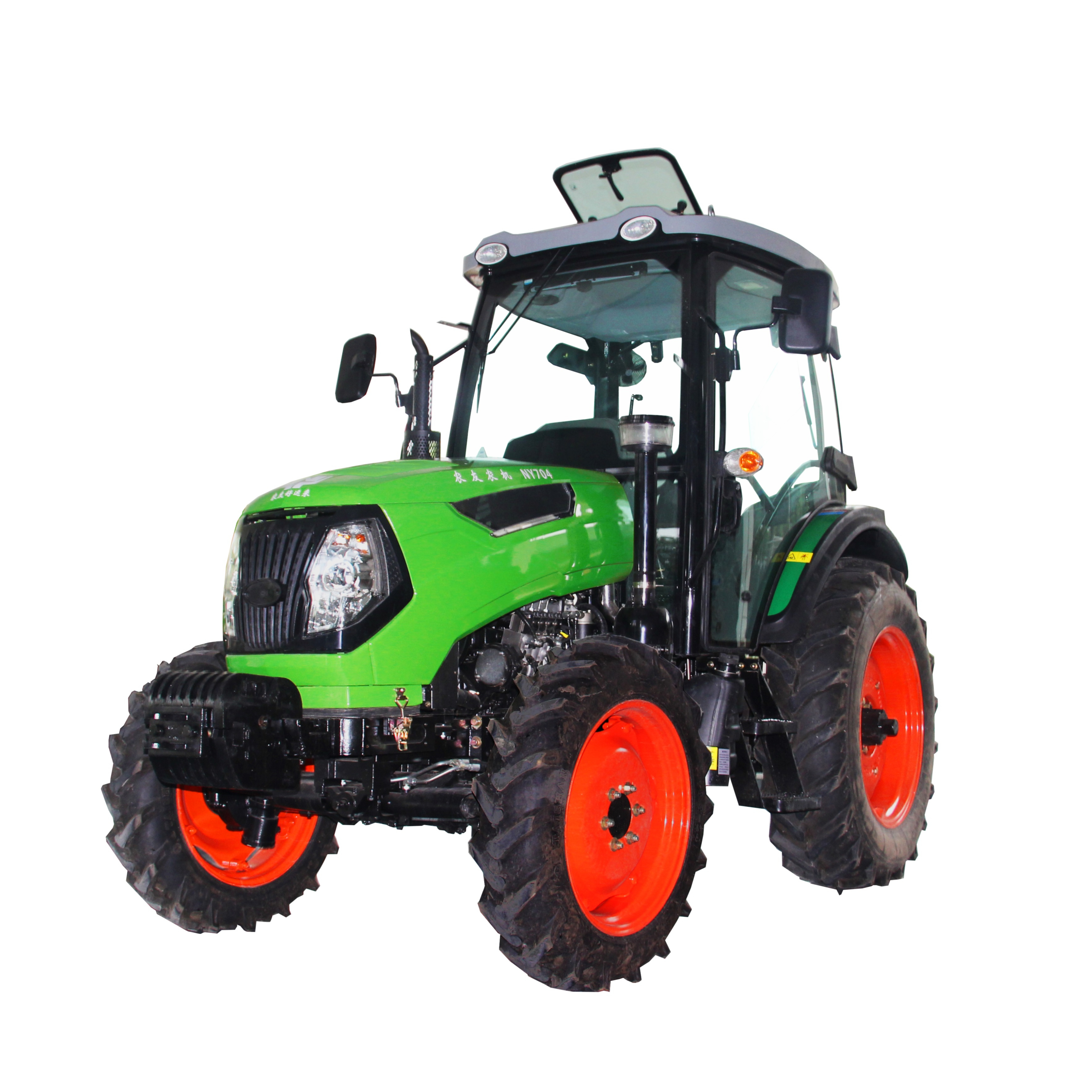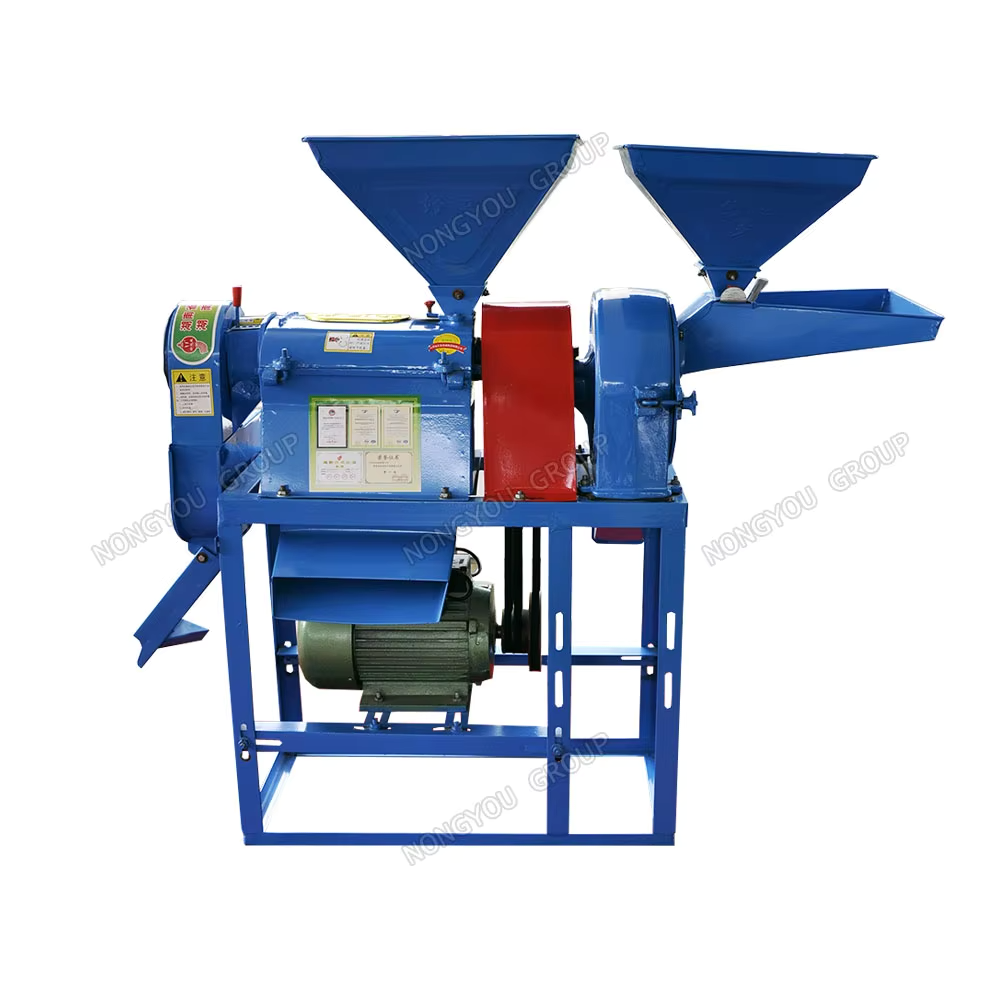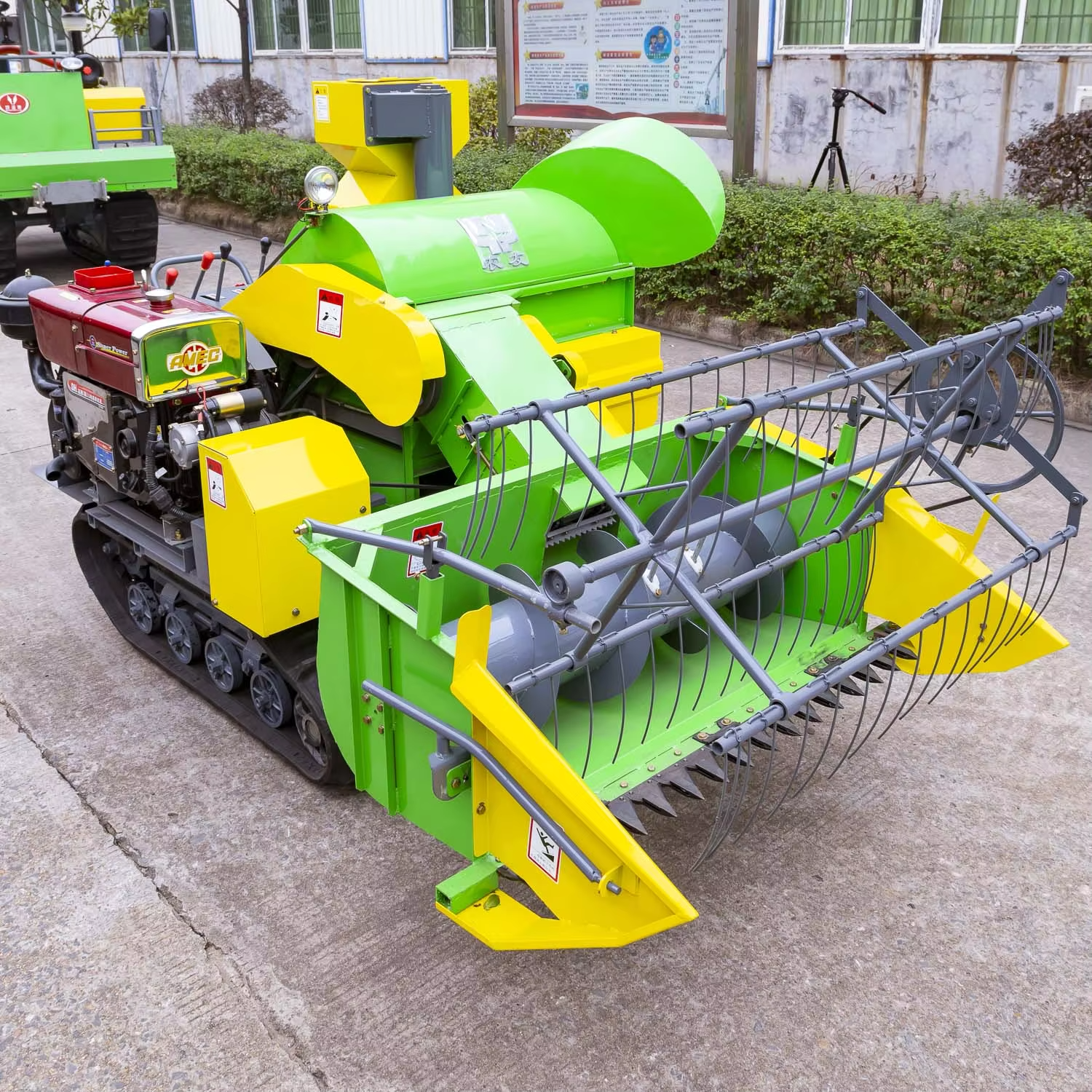manual hay cutter
The manual hay cutter represents a fundamental agricultural tool designed for efficient harvesting and processing of hay and similar vegetation. This implement features a robust blade system typically constructed from high-grade steel, enabling clean and precise cuts through dense hay and grass formations. The design incorporates an ergonomic handle mechanism that allows operators to maintain control while minimizing physical strain during extended use. The cutting mechanism operates through a combination of sharp serrated edges and leverage principles, making it possible to process substantial volumes of hay with reduced effort. The tool's portable nature makes it particularly valuable for small-scale farming operations and areas where mechanized equipment access is limited. Its straightforward construction ensures reliable performance while requiring minimal maintenance, typically involving routine blade sharpening and basic cleaning. The manual hay cutter proves especially effective in managing precise cutting requirements, allowing farmers to harvest hay at optimal lengths for storage and animal feed purposes. Additionally, its design often includes safety features such as blade guards and secure grip points, making it suitable for both experienced agricultural workers and newcomers to farming activities.


